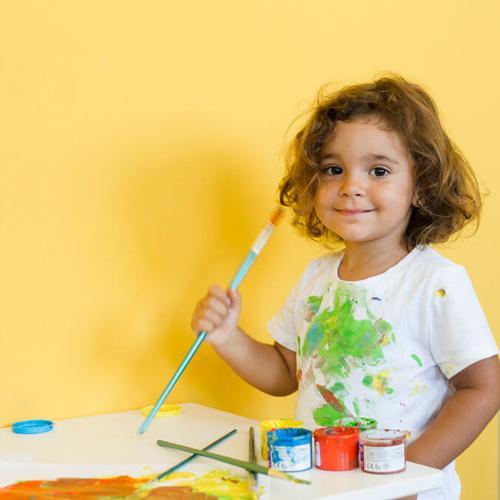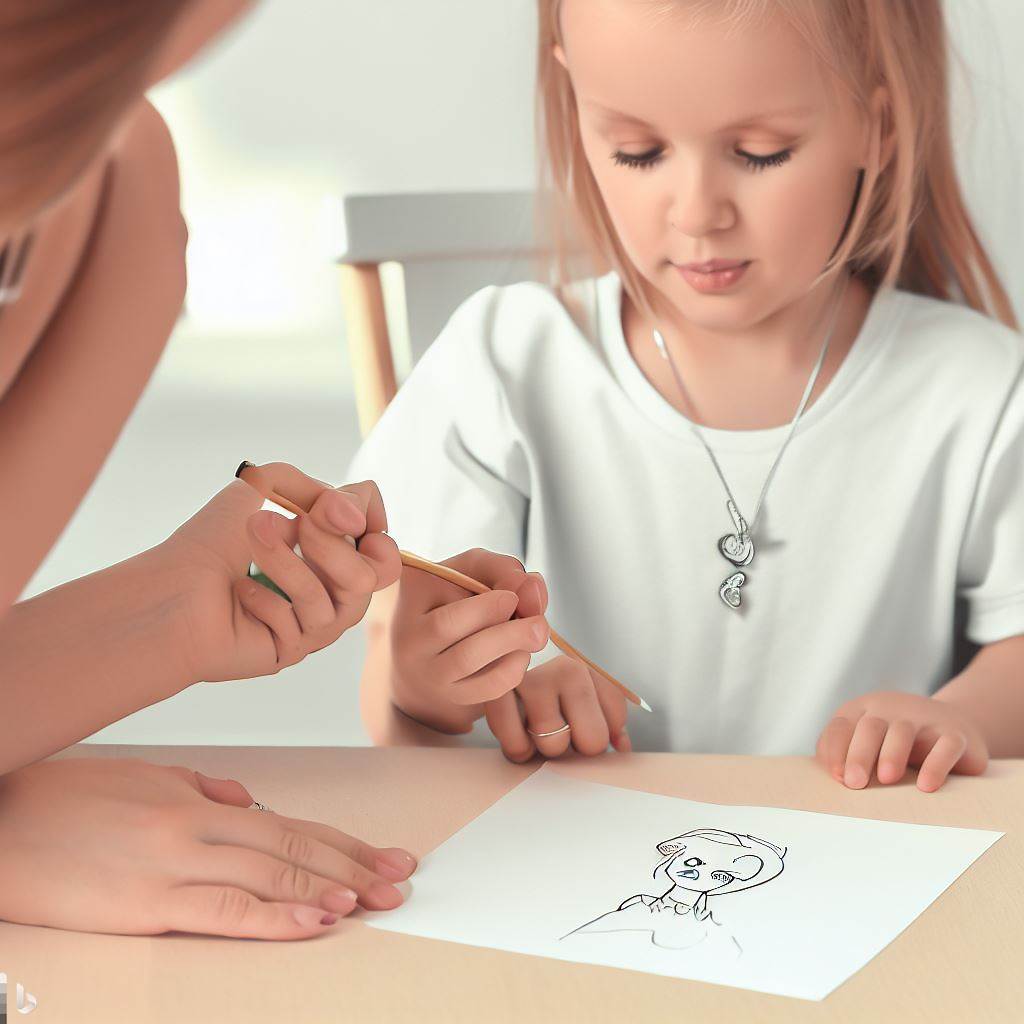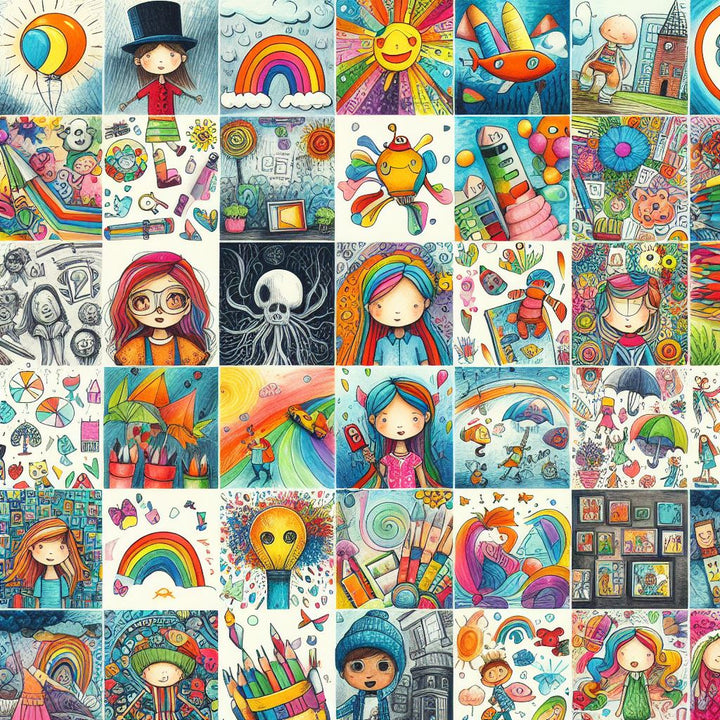Where have the arts in education gone? Over the past several years, we’ve all seen the trend of schools cutting the arts from their curriculum. Music, art, theater—gone for so many.
There’s no doubt that the arts are fun for kids. Diving into those finger paints and making a beautiful picture to hang on the fridge is awesome. Acting in a play is exhilarating. But the arts also help kids develop on many fundamental levels.
If you like this article, make sure you also check:
- Displaying Children's Drawings: the Ultimate Guide for 2023
- Hand Tracing: the Complete Guide for 2023
- Decode Your Child's Drawings
Here are the top ten ways that the arts help kids learn and develop important characteristics they will need as adults:
1. Creativity
This may seem like a no-brainer, but the arts allow kids to express themselves better than math or science. As the Washington Post says: In an arts program, your child will be asked to recite a monologue in six different ways, create a painting that represents a memory, or compose a new rhythm to enhance a piece of music. If children have practice thinking creatively, it will come naturally to them now and in their future career.
2. Improved Academic Performance
The arts don’t just develop a child’s creativity—the skills they learn because of them spill over into academic achievement. PBS says, “A report by Americans for the Arts states that young people who participate regularly in the arts (three hours a day on three days each week through one full year) are four times more likely to be recognized for academic achievement, to participate in a math and science fair or to win an award for writing an essay or poem than children who do not participate.”
3. Motor Skills
This applies mostly to younger kids who do art or play an instrument. Simple things like holding a paintbrush and scribbling with a crayon are an important element to developing a child’s fine motor skills. According to the National Institutes of Health, developmental milestones around age three should include drawing a circle and beginning to use safety scissors. Around age four, children may be able to draw a square and begin cutting straight lines with scissors.
4. Confidence
While mastering a subject certainly builds a student’s confidence, there is something special about participating in the arts. Getting up on a stage and singing gives kids a chance to step outside their comfort zone. As they improve and see their own progress, their self-confidence will continue to grow.
5. Visual Learning
Especially for young kids, drawing, painting, and sculpting in art class help develop visual-spatial skills. Dr. Kerry Freedman, Head of Art and Design Education at Northern Illinois University says, Children need to know more about the world than just what they can learn through text and numbers. Art education teaches students how to interpret, criticize, and use visual information, and how to make choices based on it.
6. Decision Making
The arts strengthen problem solving and critical thinking skills. How do I express this feeling through my dance? How should I play this character? Learning how to make choices and decisions will certainly carry over into their education and other parts of life—as this is certainly a valuable skill in adulthood.
7. Perseverance
I know from personal experience that the arts can be challenging. When I was trying to learn and master the clarinet, there were many times when I became so frustrated that I wanted to quit. But I didn’t. After practicing hard, I learned that hard work and perseverance pay off. This mindset will certainly matter as they grow—especially during their career where they will likely be asked to continually develop new skills and work through difficult projects.
8. Focus
As you persevere through painting or singing or learning a part in a play, focus is imperative. And certainly focus is vital for studying and learning in class as well as doing a job later in life.
9. Collaboration
Many of the arts such as band, choir, and theater require kids to work together. They must share responsibility and compromise to achieve their common goal. Kids learn that their contribution to the group is integral to its success—even if they don’t have the solo or lead role.
10. Accountability
Just like collaboration, kids in the arts learn that they are accountable for their contributions to the group. If they drop the ball or mess up, they realize that it’s important to take responsibility for what they did. Mistakes are a part of life, and learning to accept them, fix them, and move on will serve kids well as they grow older.
credit: https://www.learningliftoff.com/10-reasons-arts-in-education-important-kids/






